Africa’s diverse landscapes and abundant wildlife have made it a dream destination for generations of adventurers. You might picture majestic elephants roaming vast savannahs or lions dozing under acacia trees.
These iconic scenes are just the beginning because the continent’s national parks reveal breathtaking habitats that range from lush rainforests to arid deserts. If you’re yearning to experience the wonders of African wildlife up close, exploring some of its most renowned national parks is a great way to start.
It can be difficult choosing where to go when each region promises remarkable ecosystems and unique animal encounters. Whether you’re after the famed Big Five or looking for rare birds and primates, there’s a park that matches your wildlife checklist.
Below are 20 destinations recognized for offering unforgettable glimpses into Africa’s untamed beauty.
Serengeti National Park, Tanzania
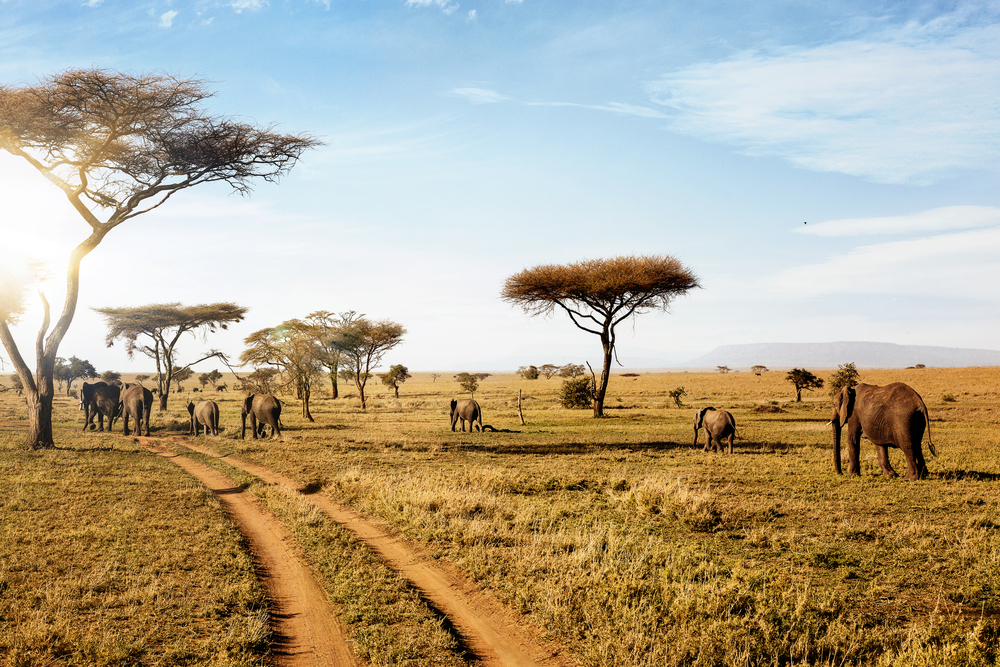
Home to the legendary Great Migration, this vast landscape of rolling plains and scattered acacia trees sees immense herds of wildebeest and zebras on the move each year. The annual spectacle provides dramatic river crossings and a window into the raw struggle between predator and prey.
You’ll likely spot lions, cheetahs, and hyenas circling the herds, ever alert for their next meal. It’s also possible to witness quieter moments, like giraffes nibbling on treetops against a backdrop of endless skies.
Kruger National Park, South Africa
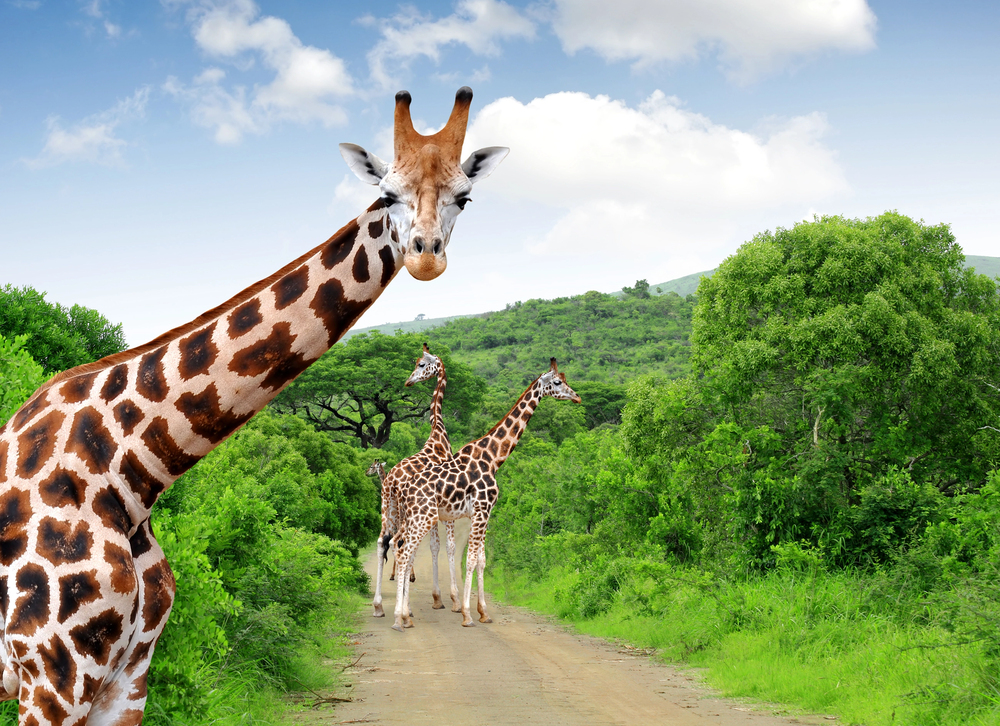
One of Africa’s largest and most accessible reserves, Kruger National Park, boasts a wide variety of wildlife in multiple habitats. You can self-drive on well-maintained roads or join guided safaris that increase your odds of spotting elusive leopards.
The park offers a network of rest camps featuring amenities that make longer stays more comfortable. This balance of modern facilities and untouched wilderness is why Kruger remains a favorite among seasoned safari-goers.
Like Travel Pug’s content? Follow us on MSN.
Maasai Mara National Reserve, Kenya
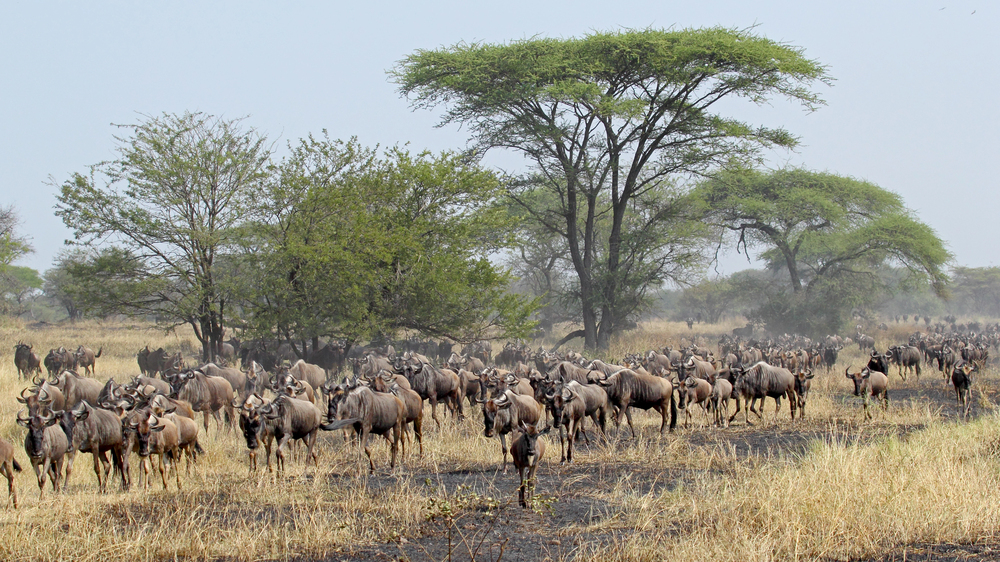
The Mara, as many call it, forms part of the same ecosystem as Tanzania’s Serengeti and shares in the awe-inspiring Great Migration. You’ll see Maasai guides dressed in their traditional red cloth, offering local insights into the land’s wildlife and cultural significance.
Hot air balloon rides over the savannah at sunrise are a popular way to soak up panoramic views of roaming wildebeest. The reserve’s open grasslands make it easier to spot big cats tracking herds across the plains.
Chobe National Park, Botswana
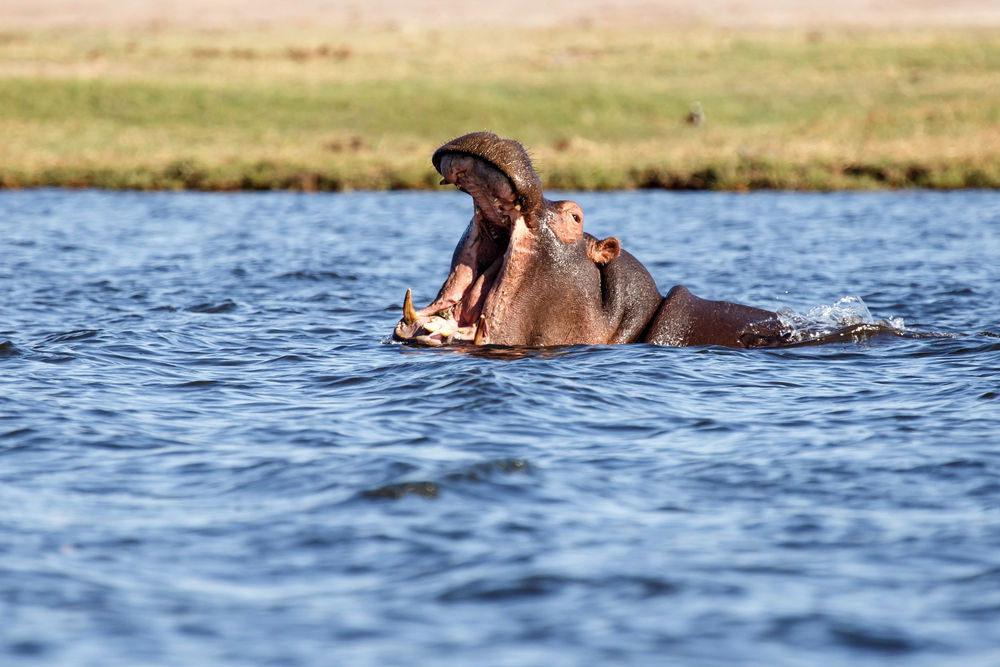
Chobe is renowned for having one of the largest concentrations of elephants on the continent. Watching these giants gather along the Chobe River at sunset is an unforgettable moment that reflects the park’s natural charm.
You might also see hippos and crocodiles basking on the riverbanks, adding a layer of thrill to boat cruises. Photographers often love how the fading light silhouettes these animals against the shimmering water.
Etosha National Park, Namibia
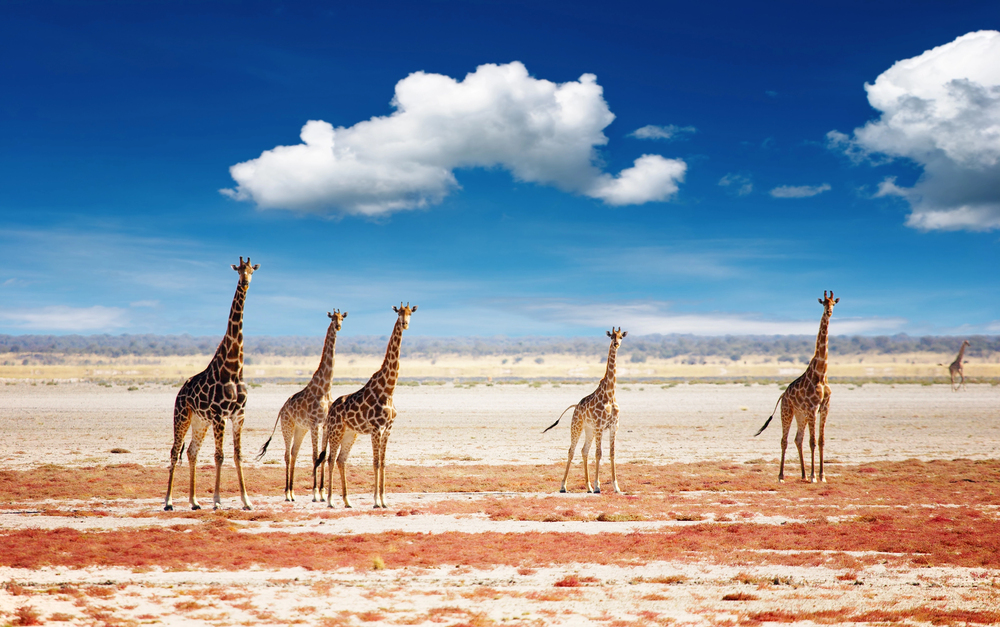
Centered around a vast salt pan, Etosha National Park provides dramatic vistas and consistent game-viewing opportunities. Wildlife tends to cluster around waterholes, especially during the dry season, which makes patience and timing key.
You’ll marvel at seeing elephants coated in white dust contrasting against the arid environment. At night, some camps light waterholes for visitors, allowing you to watch nocturnal creatures like hyenas and rhinos.
Like Travel Pug’s content? Follow us on MSN.
Ngorongoro Conservation Area, Tanzania
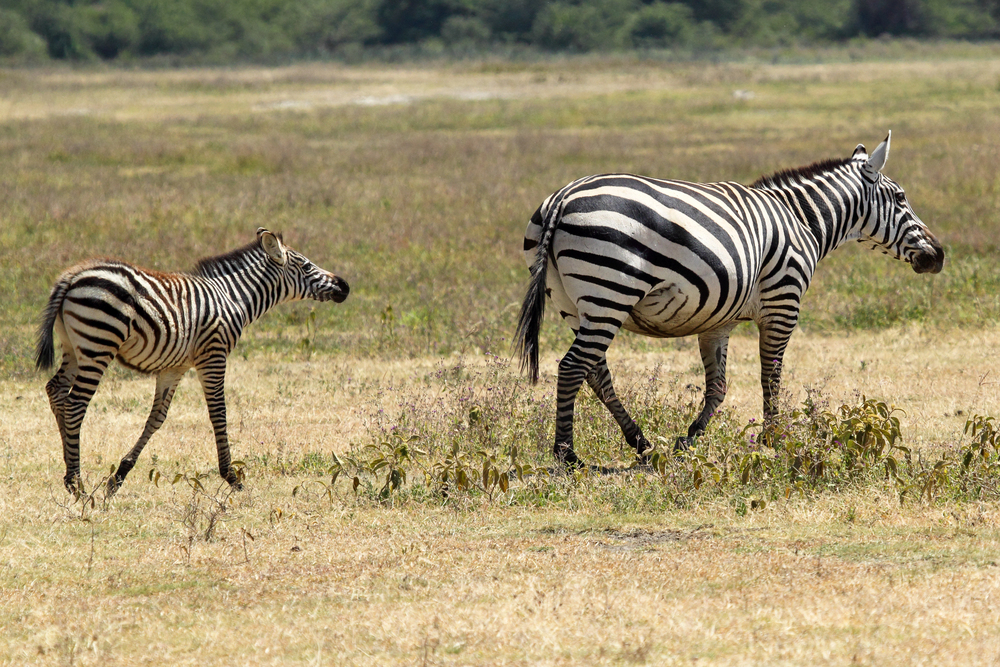
Home to the Ngorongoro Crater, this region offers a unique safari experience in a massive volcanic caldera teeming with life. Descending the crater walls at dawn reveals a lush world of grazing zebras, congregating buffalo, and prowling lions.
You’ll also have the chance to meet Maasai communities who live in harmony with the wildlife here. Despite its relatively small area, the crater hosts nearly every major African mammal, making each drive packed with excitement.
Bwindi Impenetrable National Park, Uganda
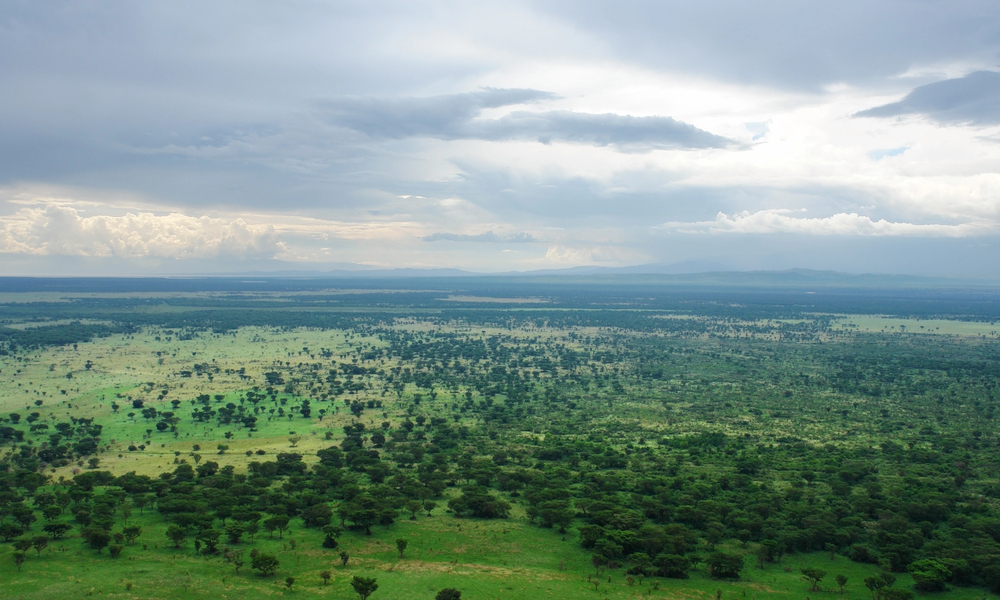
Famous for its population of endangered mountain gorillas, Bwindi’s dense rainforest creates an intimate atmosphere for tracking these majestic primates. Guided treks lead small groups through thick vegetation until you reach a gorilla family living in the wild.
The sheer emotion of standing a few feet away from a silverback is an encounter most visitors describe as life-changing. You might also discover colorful birds, chameleons, and other jungle residents along the way.
Okavango Delta, Botswana
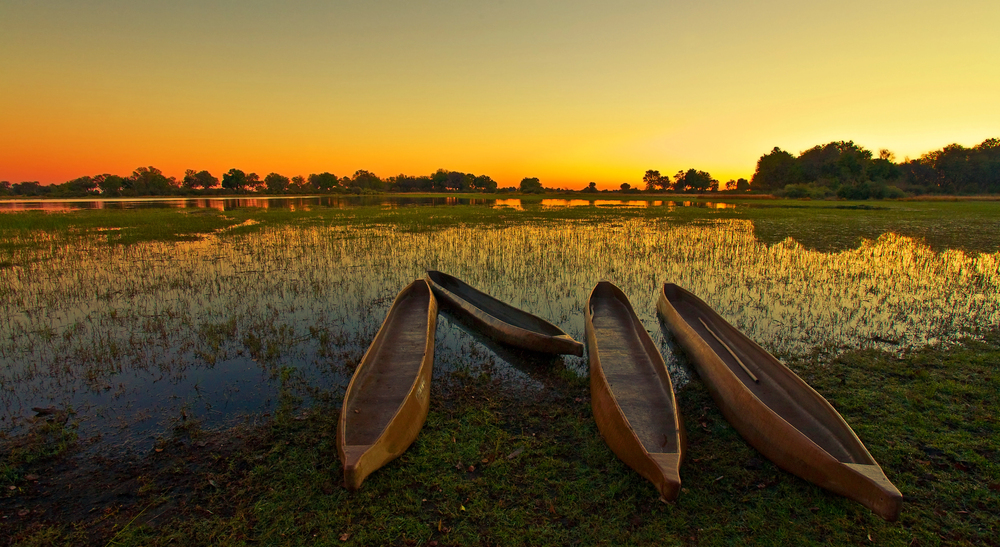
While not officially a national park, much of the Okavango Delta is protected, including Moremi Game Reserve, and it remains a must-see for wildlife enthusiasts. The maze of waterways is best explored in a traditional mokoro canoe, gliding silently past reeds and lily pads.
Elephants often wade through channels in search of new feeding grounds, and you could see crocodiles lurking in the shallows. The delta’s dynamic flooded environment is a striking contrast to more familiar savannah parks.
Like Travel Pug’s content? Follow us on MSN.
Volcanoes National Park, Rwanda
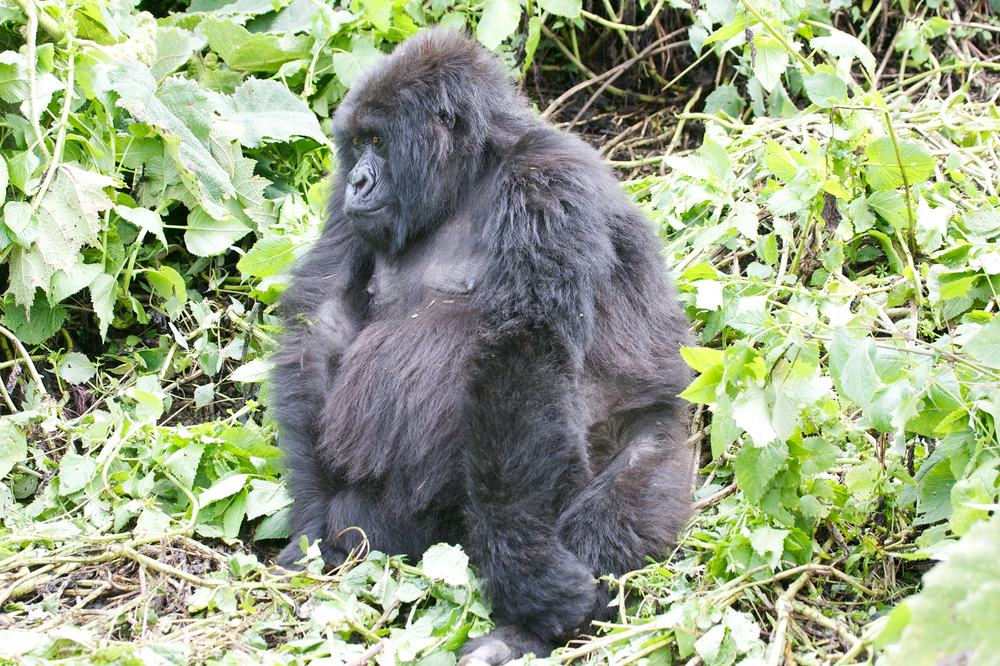
Like Bwindi, Volcanoes National Park is critical to the survival of mountain gorillas. The mist-shrouded peaks of the Virunga Mountains set a hauntingly beautiful stage for trekking expeditions.
Rangers accompany you through bamboo forests, where you can also spot golden monkeys and an array of bird species. Even the weather feels dramatic, with periodic fog rolling in and out, revealing pockets of lush greenery and steep slopes.
Hwange National Park, Zimbabwe
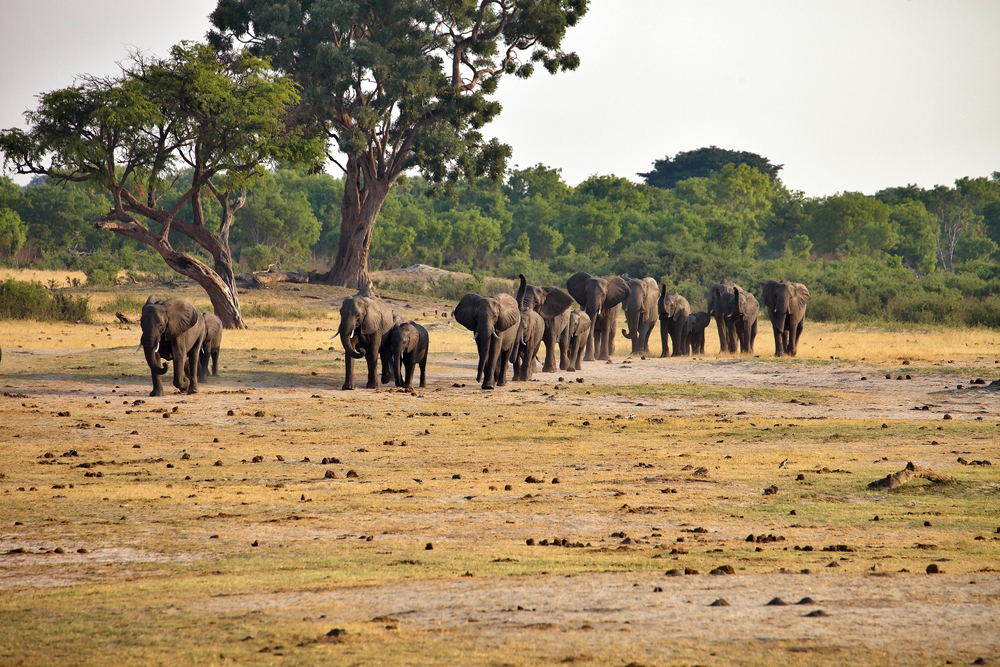
Situated near the famous Victoria Falls, Hwange National Park offers large elephant herds and excellent predator sightings. Its diverse landscapes include woodlands, grasslands, and seasonal wetlands that support more than 100 mammal species.
During the dry season, waterholes become focal points for thirsty animals, creating spectacular viewing opportunities. An evening around a campfire under star-filled skies adds another layer of magic to your visit.
Amboseli National Park, Kenya
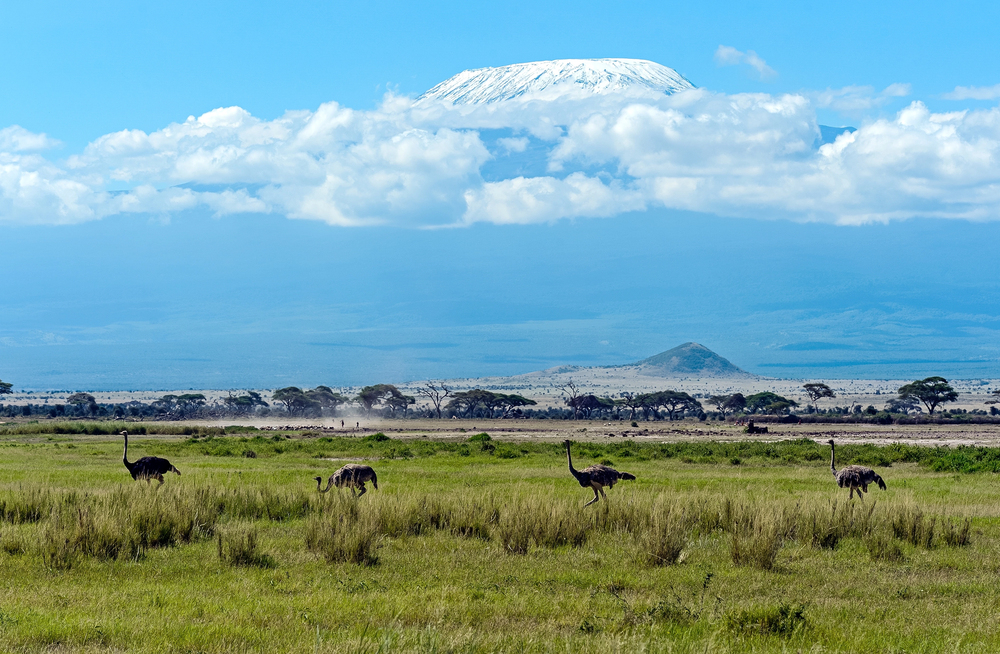
Set against the backdrop of Mount Kilimanjaro, Amboseli National Park is known for its iconic images of elephants walking across dusty plains. The park’s marshes and swamps, fed by underground water from Kilimanjaro’s glaciers, attract buffalo, hippos, and countless bird species.
Sunrise and sunset drives reveal the mountain’s peak glowing in soft pinks and purples. Gazing at wildlife silhouettes against Africa’s tallest free-standing mountain is a memory you’ll treasure.
Like Travel Pug’s content? Follow us on MSN.
South Luangwa National Park, Zambia
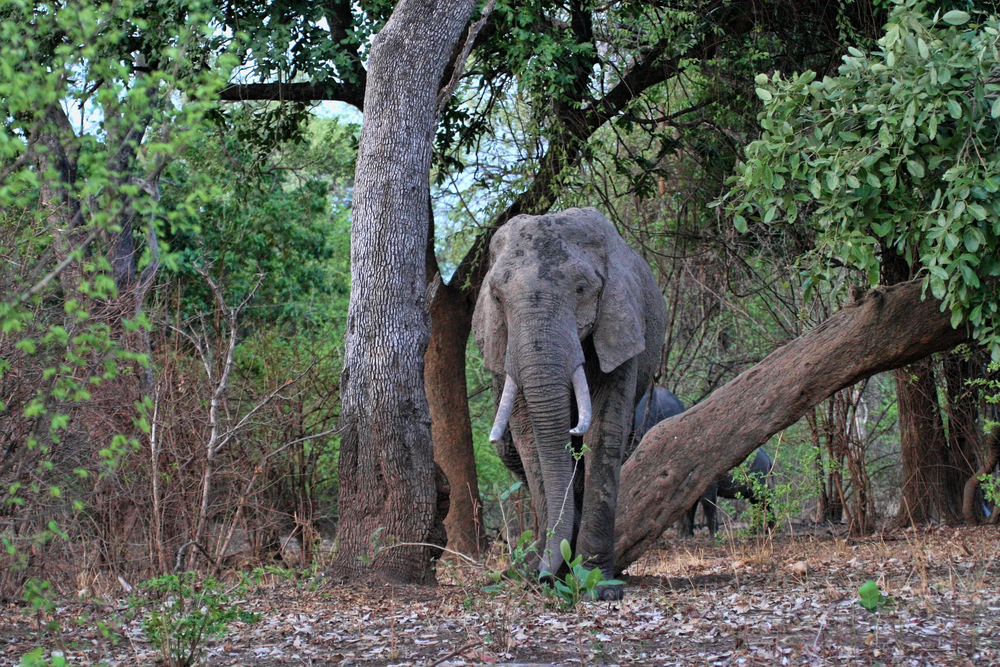
Revered as the birthplace of walking safaris, South Luangwa lets you experience the bush at ground level. By tracking footprints and examining animal droppings with expert guides, you’ll gain an understanding of how each creature fits into the bigger ecosystem.
Hippos and crocodiles dominate the Luangwa River, while leopards are notably abundant here. Night drives often uncover nocturnal wonders, such as bush babies and elusive predators on the prowl.
Kidepo Valley National Park, Uganda
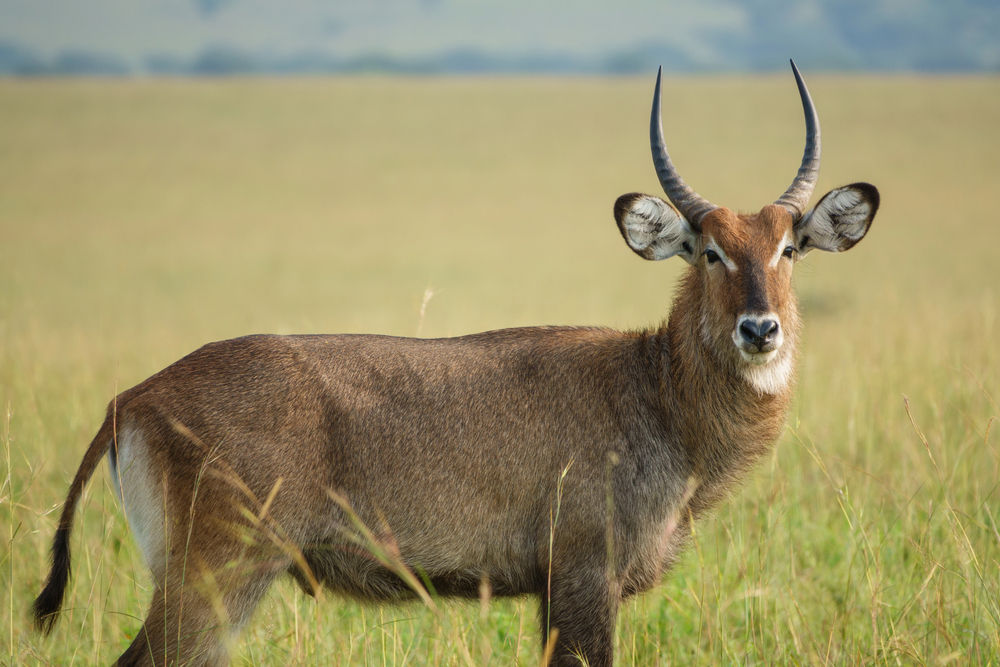
Located in a remote corner of northeastern Uganda, Kidepo Valley brims with rugged beauty and a sense of seclusion. Vast savannah plains end abruptly at the foot of craggy mountains, where lions sometimes lounge on rocky outcrops.
You’ll find fewer vehicles here, which makes each wildlife encounter feel more special and exclusive. Local communities, like the Karamojong, add cultural depth to your visit with their unique traditions and craftsmanship.
Mana Pools National Park, Zimbabwe
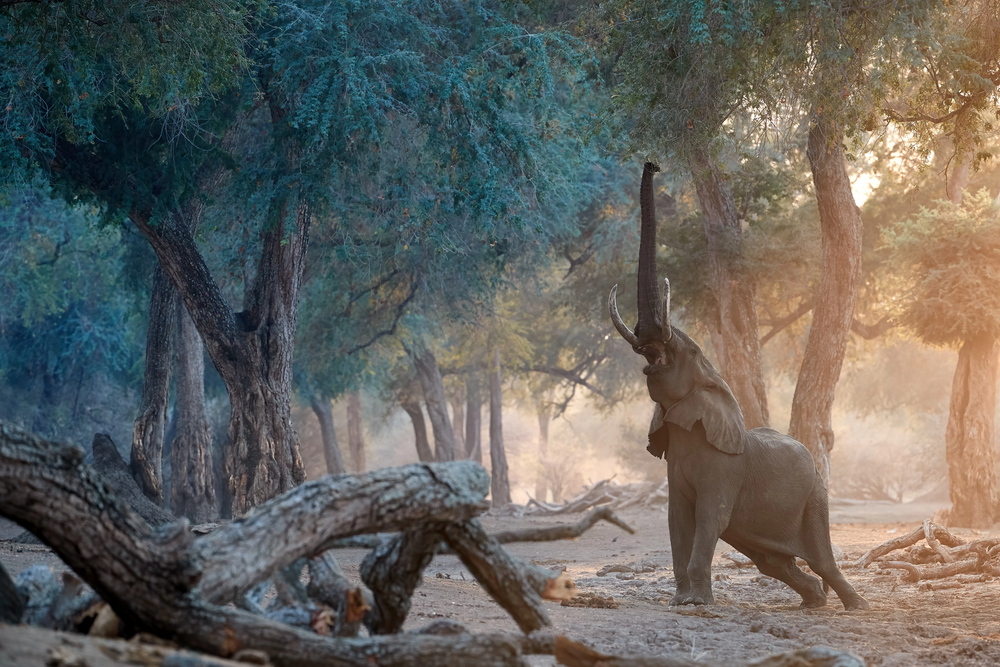
Famed for its picturesque floodplains along the Zambezi River, Mana Pools offers canoeing safaris that bring you tantalizingly close to hippos and elephants. The park’s iconic winterthorn trees provide dappled shade in an otherwise hot environment, creating a painterly landscape.
You might see painted dogs, lions, and large herds of buffalo, especially in the dry season. If you’re up for it, multi-day canoe trips immerse you fully in this riverine ecosystem.
Like Travel Pug’s content? Follow us on MSN.
Tsavo National Parks (East and West), Kenya
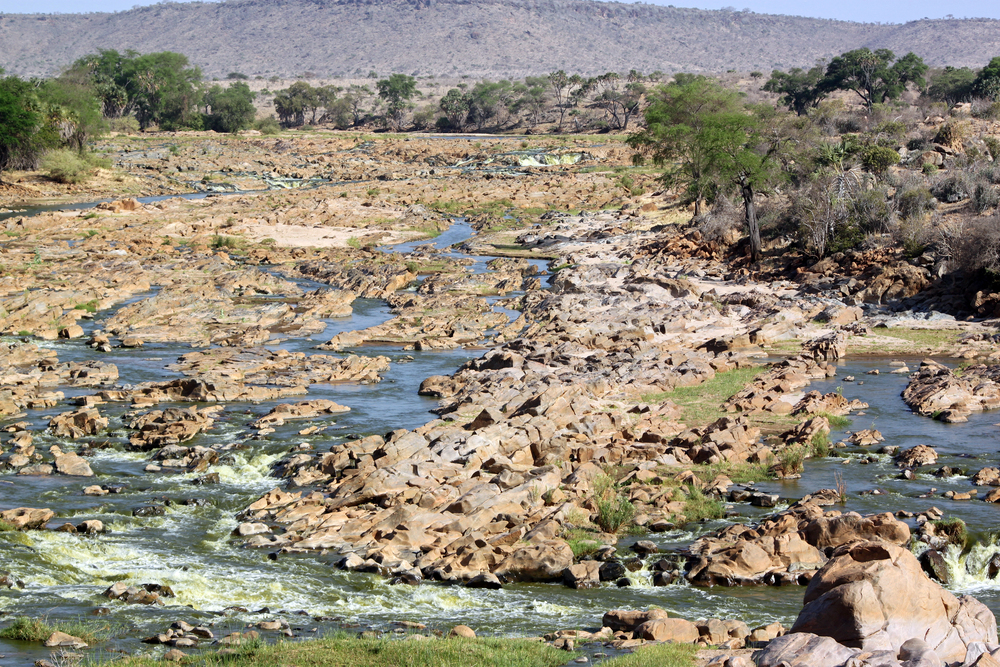
Collectively covering a vast swath of southeastern Kenya, Tsavo is known for red-dusted elephants that roll in the iron-rich soil. The region also features rugged lava flows and the lush oasis of Mzima Springs, where you can watch hippos and fish through underwater viewing windows.
Tsavo’s expansive wilderness makes wildlife tracking feel like a real-life quest. You could stumble upon giraffes quietly feeding or glimpse swift predators like cheetahs sprinting across open grasslands.
Addo Elephant National Park, South Africa
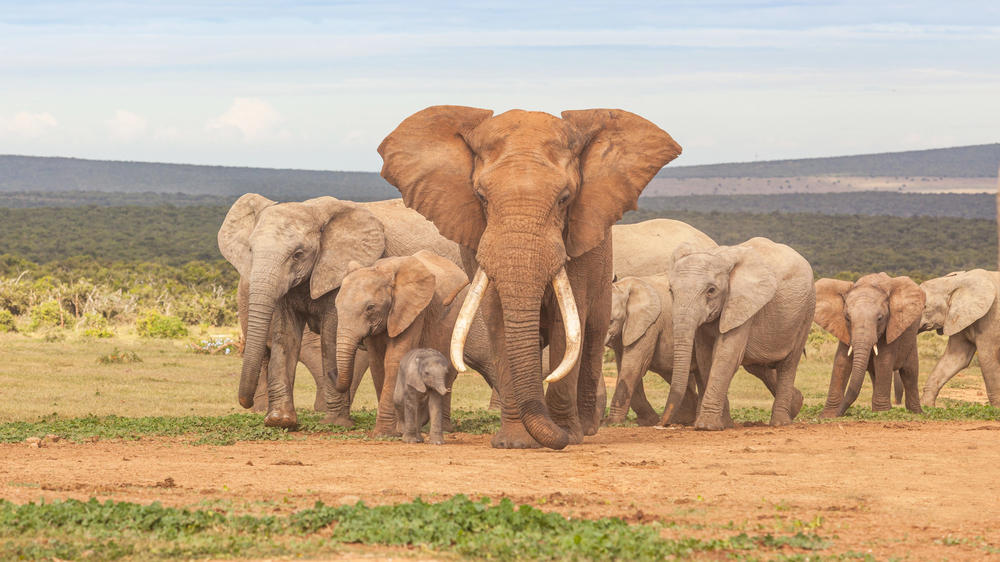
Initially created to protect the last remaining elephants in the region, Addo has expanded to include diverse habitats from marine areas to rolling hills. Today, the park harbors hundreds of elephants, along with other species like black rhinos, lions, and even great white sharks in adjacent coastal waters.
Self-drive safaris are popular, and the animals are accustomed to vehicles, giving you close-up views. It’s an ideal family-friendly destination with accommodations ranging from basic camps to more upscale lodges.
Gorongosa National Park, Mozambique
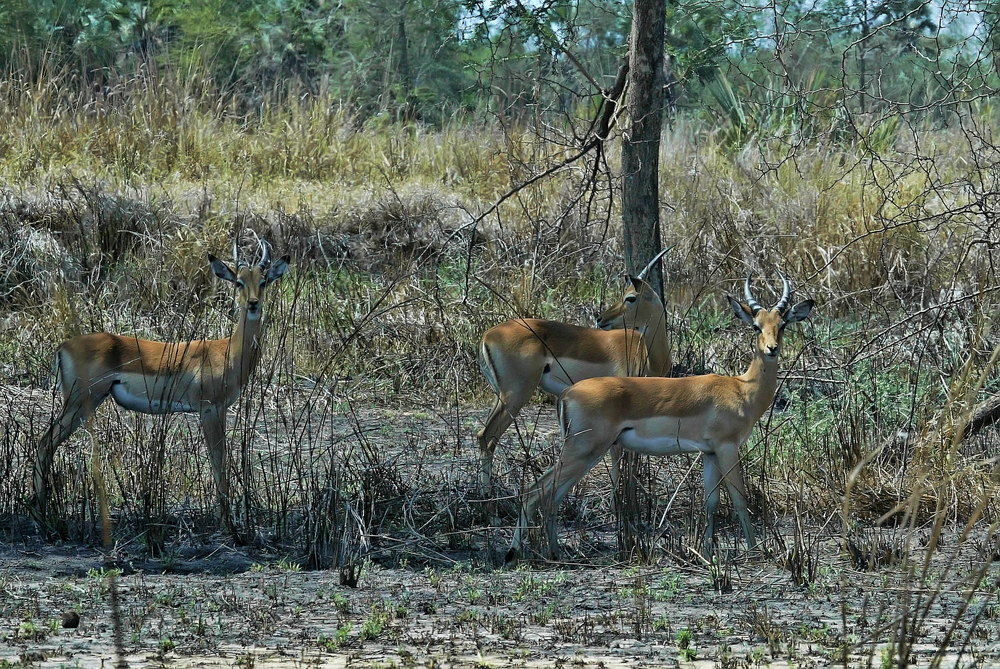
Once devastated by civil unrest, Gorongosa has made an impressive comeback through restoration and conservation efforts. You’ll see lush floodplains, soaring escarpments, and a rejuvenated animal population that now includes lions, elephants, and diverse bird species.
Each sunrise reveals a park reborn, reflecting the resilience of nature when given a chance to recover. Local communities play a key role in current conservation projects, making this park an inspiring success story.
Like Travel Pug’s content? Follow us on MSN.
Tanzania’s Selous Game Reserve (Nyerere National Park)
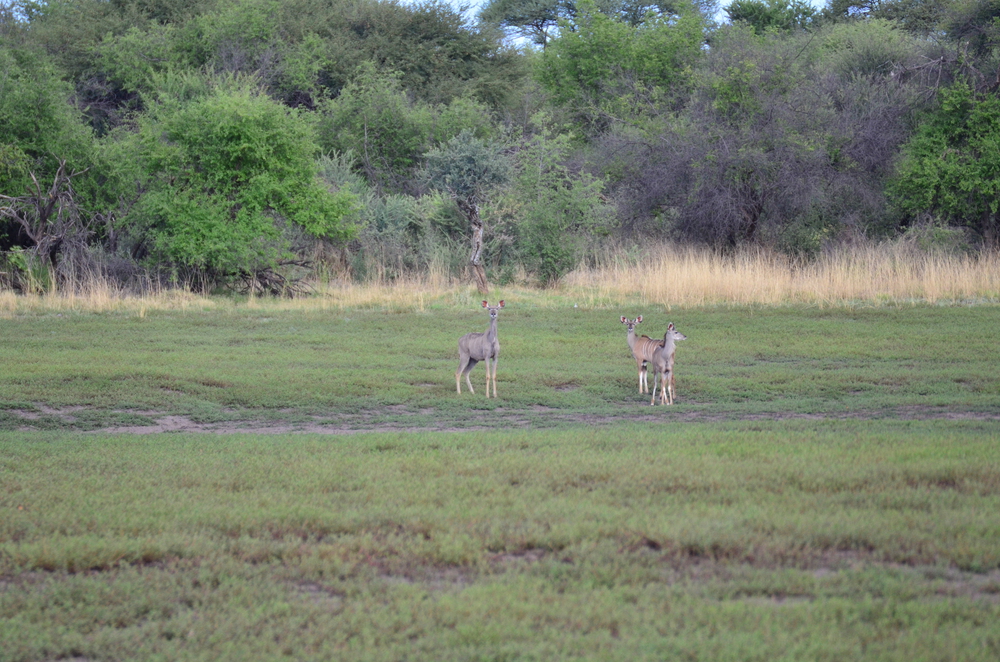
Renowned for its untamed expanses, Selous (now Nyerere National Park in part of the reserve) offers a less-crowded alternative to more famous Tanzanian parks. Boat safaris on the Rufiji River let you drift past elephants and hippos while guided walks explore hidden corners of the bush.
The chance to see endangered African wild dogs adds an extra thrill to each game drive. Selous feels raw and unfiltered, a place where you sense nature reigning on its own terms.
Kgalagadi Transfrontier Park, South Africa/Botswana
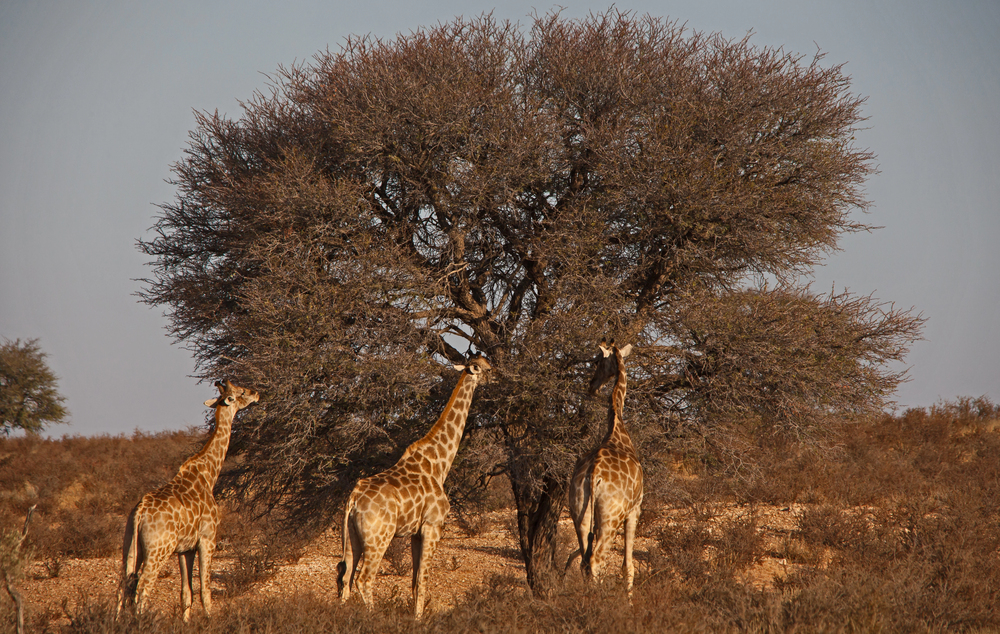
Formed by the merging of conservation areas in South Africa and Botswana, Kgalagadi is characterized by red dunes and hardy desert vegetation. Black-maned Kalahari lions roam this landscape, along with gemsbok and other desert-adapted species.
Clear night skies showcase a dazzling array of stars that stretch across the vast emptiness. Travel here rewards those who appreciate stark, open spaces and the tenacity of life under harsh conditions.
Skeleton Coast National Park, Namibia

Sweeping desert dunes meet the Atlantic Ocean along the Skeleton Coast, creating an otherworldly scene. The park’s name originates from the shipwrecks and whale bones that line its shores, reminding travelers of its inhospitable past.
Inland, desert-adapted lions and elephants roam in search of sparse vegetation and water sources. Walking on a wind-sculpted beach at sunrise might be one of the most surreal moments you’ll ever experience.
Like Travel Pug’s content? Follow us on MSN.
Boundless Horizons Await
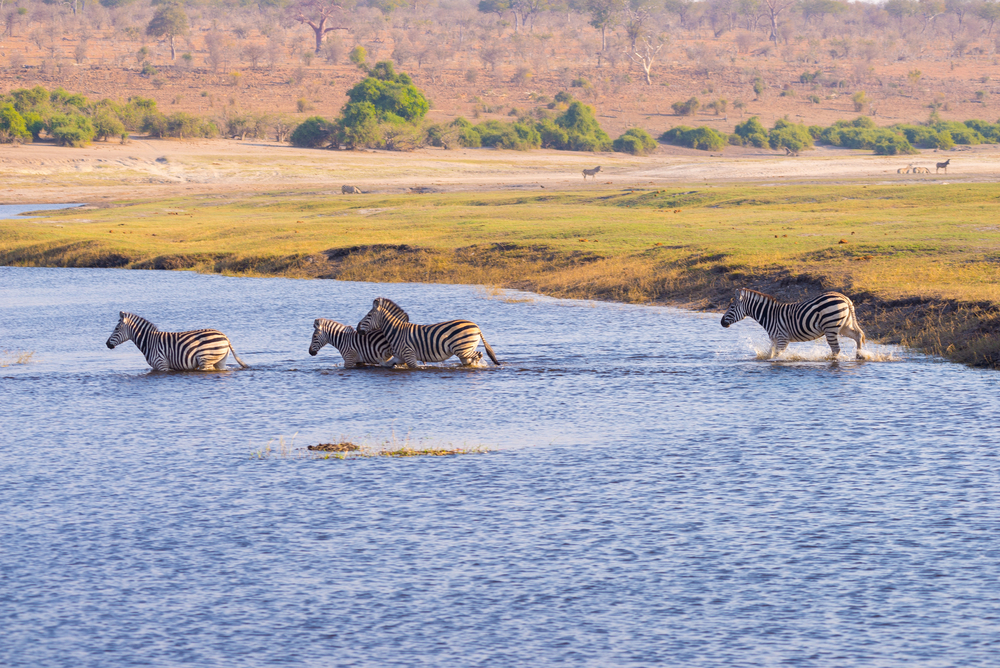
Setting foot in these African national parks isn’t merely about crossing items off a must-see list. Each landscape reveals a mosaic of life, highlighting how animals, plants, and communities adapt to their surroundings. If you listen closely, you’ll hear the whispers of evolution echoing through ancient floodplains, dense jungles, and sun-scorched deserts.
The rush of tracking gorillas or witnessing a lion’s roar at dusk can shift your perspective on what it means to share this planet. When you eventually leave, you’ll carry with you the lessons only wild Africa can teach: resilience, interconnectedness, and a sense of humility in the face of nature’s grandeur.
More from Travel Pug

- 15 Dangerous European Cities to Avoid
- 15 Caribbean Islands Where Tourists Keep Getting Scammed
- The 20 Most Fascinating Abandoned Places: A Journey Through Time and Forgotten Spaces
- 15 Hidden Places in the Smithsonian Museums Locals Love: A Guide to Lesser-Known Treasures
- 16 Hidden Florida Beach Towns That Aren’t Overrun with Tourists
Like Travel Pug’s content? Follow us on MSN.
